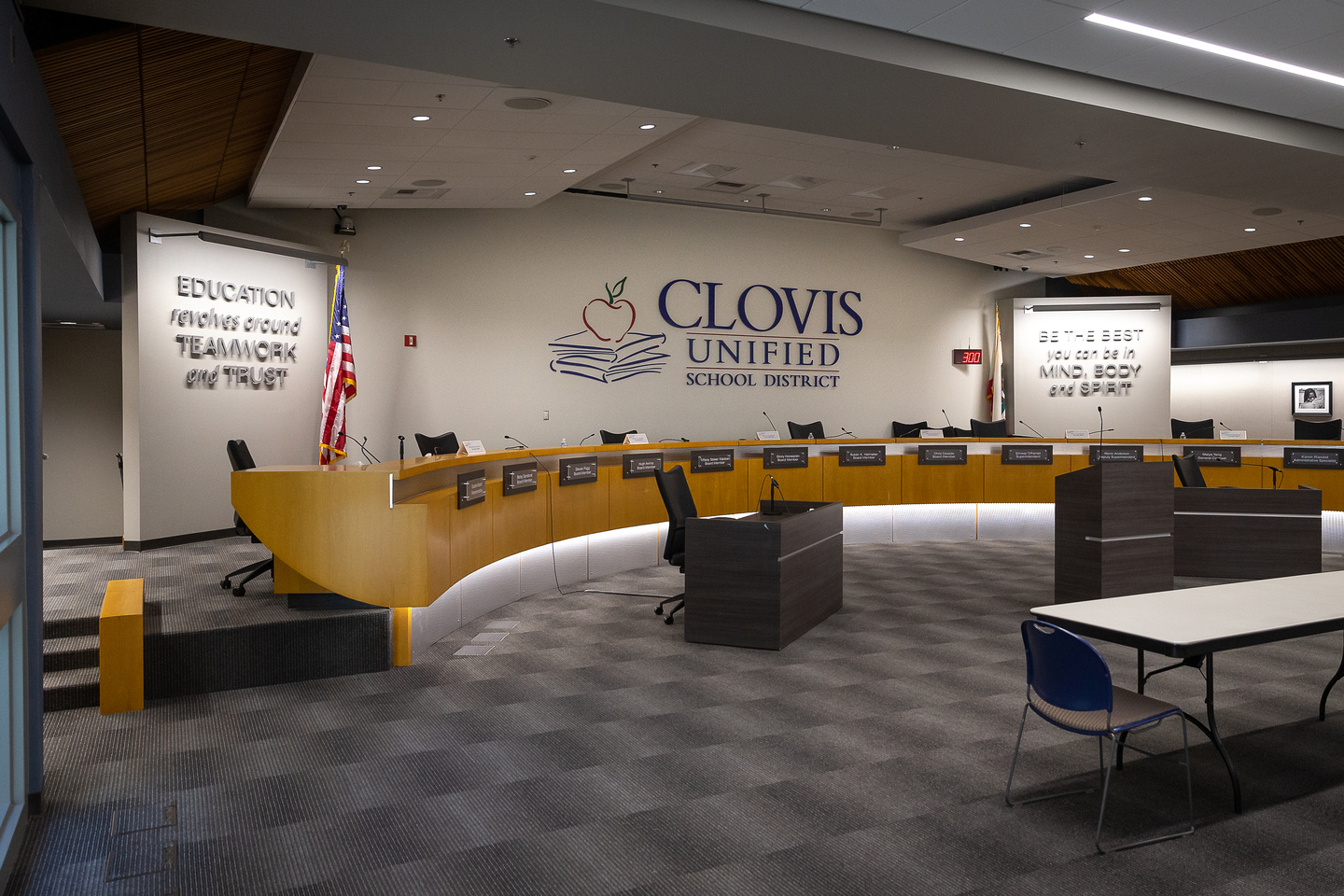11.) PAY NO ATTENTION TO HIM
Next came public comment. A handful of developers went to the microphone to start things off.
They all said they supported good planning and a wise development code. It was hard to make sense of such talk – after all, that was the purpose of this exercise in the first place, right?
My problem was that, at this point, I didn’t know that the crux of the matter was Assemi’s proposed changes.
Then Assemi took his three minutes in front of the council.
“I believe we have made great strides in getting to a code that allows beautiful, attractive development throughout our city,” he said.
Assemi concluded by describing his amendments as minor “adjustments that we believe still are in the intent and the mission of the code.” These adjustments would ensure that future Granville projects of the type to be found in Uptown “would be allowed to be built by right.”
But Assemi said something in the middle of his three minutes that only in hindsight did I grasp its importance. He noted that he and his family have been building in Fresno for nearly 40 years. He said they have developed in Downtown for more than decade, completing nine projects (typically residential or mixed-use projects).
Seven of the nine, Assemi said, “have won awards” – specifically, for high-quality architecture/design. The contest area covered eight counties in the San Joaquin Valley.
Assemi was doing more than simply bragging. His comment about awards was his first shot in an effort to refute what he knew would be the main theme of the opponents to his amendments.
That theme is: Darius Assemi builds crap.
No one in the hearing said as much. Assemi’s opponents used “dog whistle” words, seemingly benign words designed to convey a veiled or unspoken message to those in the know. Those words were “quality” and “standards.”
Assemi’s proposed amendments were a terrible idea, his opponents later said, because the development code as worked out by the Design Committee and city staff is the pivotal to a new era of high-quality, high-standard development in Fresno.
If it’s admitted in public that Assemi over the past decade has built one high-quality, high-standard downtown project after another at a time when the reformed development code didn’t exist, then how do his opponents on Dec. 17 paint Assemi’s proposed amendments to the new code as the ranting of a selfish fool?
Maybe the man knows more about actually building stuff in Fresno than the majority of experts on the Design Committee.
To offset such a damaging thought, Assemi’s opponents had to delegitimize him and his amendments at the Dec. 17 hearing. They tried to do this by inferring that “quality” and “high standard” development in Fresno can occur only with the new (and unaltered) development code as rendered by the Design Committee and staff.
The flip side of this inference: Darius Assemi builds crap.
12.) DON’T FORGET US
Patience Milrod, the well-know activist lawyer, followed Assemi to the microphone.
She combined “by right” development and the “flexibility” option in her comments.
“We agree that the by-right distinction is critical here,” Milrod said. “Our understanding is that with the adoption of the development code everything that meets the design standards is automatically, by right, approved. From our point of view, when you have a flexibility option, it is essentially standardless ….What we’re seeking is something that is not so automatic, that does require some discretion, so that when the design review committee looks at a proposal that is submitted under the flexibility option there’s an opportunity to say: ‘Does this really fit with our architecture here, with our way of life here, with our values here? And if it doesn’t, we need to have an opportunity to raise that with somebody.’”
In particular, Milrod was concerned that projects could be built “by right” in the Tower District (where she lives and works) without sufficient review by neighborhood residents.
“Don’t make it too hard for us,” Milrod told the council. “Help us participate.”
13.) SPEED IS ESSENTIAL
With the public comment period closed, Council Member Paul Caprioglio asked Assemi to return to the microphone.
No three-minute limit applied.
“We believe if you want to revitalize certain parts of town, such as downtown or the inner-core, that part of the challenge you have with getting these developments out of the ground is the time it takes to get these developments approved and entitiled,” Assemi said.
His proposed amendments, Assemi said, “give the development community certainty that if you meet certain criteria you can actually develop – you can have a fast track development. That will reduce the timeline for development and promote more development. In other words, it will reduce the timeline for development in the inner-core and parts of the community such as the Blackstone Avenue corridor that have been so underdeveloped for decades.”
Caprioglio wasn’t one of those using the word “quality” as a way to dump on Assemi’s Uptown work.
“They’re beautiful projects,” Caprioglio said. “PC: “I think when Nordstrom’s and other businesses look at Fresno and look at the Downtown area, your projects definitely send a very positive message, not only to Nordstrom’s but to all the businesses that want to come to Fresno. Thank you for doing that.”
14.) THE ALERT’S IN THE MAIL
Caprioglio asked Milrod to return to the microphone. She, too, repeated her favorite message.
“When we looked at the flexibility options the way they are described, they are nothing if not flexible,” Milrod said. “They are entirely flexible. They are without standards. From our point, it would not be a good thing if the projects that Granville has built downtown started getting built in the Tower District. That would not be good. This is not an aesthetic judgment. They don’t fit, they don’t work in the Tower District. That’s why there are design guidelines in the Tower District.
“It worries us, frankly, that Granville could come – I won’t pick on my friend Darius – a developer could come and say, ‘Here, we’ve got a project. It’s beautiful, it’s more or less, it’s adequate.’ I should have memorized the weasel words that characterize the flexibility option. But it really, truly is entirely subjective.
“The developer comes and says, ‘We’ve got this project, it’s infill, it’s going to be good for the neighborhood, and we’re fast-tracking this. We’re going to (the planning department) and we’re saying: This is by rightbecause we have met these criteria for the flexibility option.’ And the (planning department) director, in her office, makes that determination. We in the design review committee, people in the Tower District Implementation Plan Committee, we don’t get to look at it. We don’t get to have a say about it. Somebody else has made the decision for our neighborhood and bypassed our processes.”
I listened to all that and thought: Wow, Patience really exposed a major flaw in the process!
Then Milrod added: “Now I understood Mr. Zack to say a project like that will go to the design review committee. That’s good. We like that. We would also like a project that’s using the flexibility option – we’re happy to give (the planning department) a long list of email addresses. We want people to know that a project that’s using the flexibility option is going to come the design review committee, and we want people to be able to attend if they want to have input.”
Then I thought: Wow, Patience is a heck of a lawyer! Assemi gets painted as a threat, but in the end her only substantive message is – Send us emails or else!
Nifty footwork.
15.) SAY AGAIN?
Needless to say, this hearing went in a new direction just about every time someone spoke.
It was now time for Zack to explain the difference between the flexibility option and the certainty option.
“The flexibility option and the certainty option actually would have the same process,” Zack said. “The main difference would be that one has a clear set of standards that you follow, and the other one is a more subjective review based on the goals. But the steps are the same.”
Still don’t get it? I refer you back to Patience Milrod on the mysteries of flexibility.









